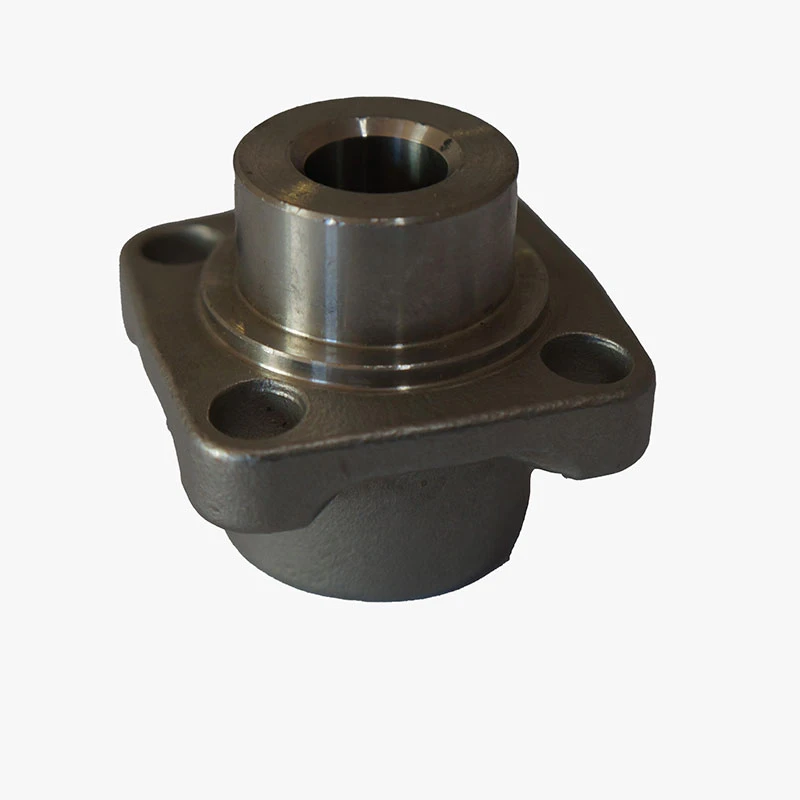Understanding Various Types of Machining Processes and Their Applications
Exploring Machining Types A Comprehensive Overview
Machining is a critical manufacturing process that involves removing material from a workpiece to achieve desired shapes, dimensions, and finishes. It plays a vital role in a myriad of industries, including aerospace, automotive, electronics, and more. The selection of a suitable machining type depends on several factors, including the design specifications, material properties, production volume, and cost considerations. This article aims to provide a comprehensive overview of various machining types, highlighting their applications, advantages, and limitations.
1. Turning
Turning is a machining process primarily used for shaping cylindrical parts. In this operation, a workpiece is rotated against a cutting tool, which removes material to produce the desired geometry. Lathes are the most common machines used for turning. This technique is ideal for producing shafts, bushings, and fittings. The primary advantages of turning include high precision and the ability to manufacture complex shapes. However, it is limited to round or cylindrical features.
2. Milling
Milling is another prevalent machining type that involves the use of rotary cutters to remove material from a stationary workpiece. Unlike turning, milling can produce flat surfaces, grooves, and intricate shapes. There are two main types of milling vertical and horizontal. Vertical milling machines have a spindle that is oriented vertically, while horizontal milling machines have a spindle that is oriented horizontally. This flexibility allows milling to be employed in various applications, from producing parts for machinery to crafting intricate components in the aerospace sector. One of the key limitations is that milling can generate more waste compared to other processes and may require secondary operations for achieving tight tolerances.
3. Drilling
Drilling is a precision machining operation focused on creating circular holes in a workpiece. While it often serves as a secondary operation following milling or turning, it can also be performed as a standalone process. Drill bits come in various shapes and sizes, allowing for the creation of holes with different diameters and depths. The main advantage of drilling is its efficiency and capability to quickly produce holes in various materials. However, it is worth noting that the accuracy of hole placement can be affected by the workpiece setup and tool wear.
machining types

4. Grinding
Grinding is a finishing process used to achieve high precision and smooth surface finishes. It involves the use of an abrasive wheel that removes small amounts of material from the workpiece. Grinding is particularly effective for hard materials and is often used to sharpen tools, refine dimensions, and improve surface quality. While grinding can yield excellent results, it is a slower process compared to turning or milling, making it less suitable for high-volume production.
5. Electrical Discharge Machining (EDM)
Electrical discharge machining (EDM) is a non-conventional machining process that uses electrical discharges (sparks) to remove material from a workpiece. It is especially advantageous for machining intricate shapes and hard materials that are difficult to machine using traditional methods. EDM is widely used in manufacturing molds and dies, as well as in the aerospace and medical industries. However, it requires specialized equipment and can be slower than conventional machining methods.
6. Laser Machining
Laser machining employs high-powered lasers to cut or engrave materials. This process is highly versatile and capable of cutting through a wide range of materials, including metals, plastics, and ceramics. Laser machining is valued for its precision and the ability to create complex geometries without the need for tooling. However, it may not be the most cost-effective option for thicker materials, where traditional methods might be more economical.
Conclusion
In summary, the selection of machining type is crucial in manufacturing processes, affecting efficiency, cost, and the final product’s quality. Each machining type, from turning and milling to grinding and laser machining, has its unique advantages and limitations. Understanding these differences enables manufacturers to choose the most appropriate methods for their specific needs, ultimately driving innovation and success in their respective industries. As technology continues to evolve, so too will machining techniques, further enhancing manufacturing capabilities and offering new opportunities for precision engineering.
-
Precision Sheet Metal Stamping Manufacturer | Fast & ReliableNewsAug.01,2025
-
OEM Sand Cast Pump Valve Fittings - Baoding Hairun Machinery And Equipment Trading Co., Ltd.NewsAug.01,2025
-
Custom OEM Impellers | High Efficiency & PrecisionNewsAug.01,2025
-
OEM Sand Cast Pump Valve Fittings - Baoding Hairun Machinery | Customization, Quality AssuranceNewsAug.01,2025
-
OEM Sand Cast Pump Valve Fittings - Baoding Hairun Machinery And Equipment Trading Co., Ltd.NewsAug.01,2025
-
OEM Sand Cast Pump Valve Fittings - Baoding Hairun Machinery And Equipment Trading Co., Ltd.NewsJul.31,2025















